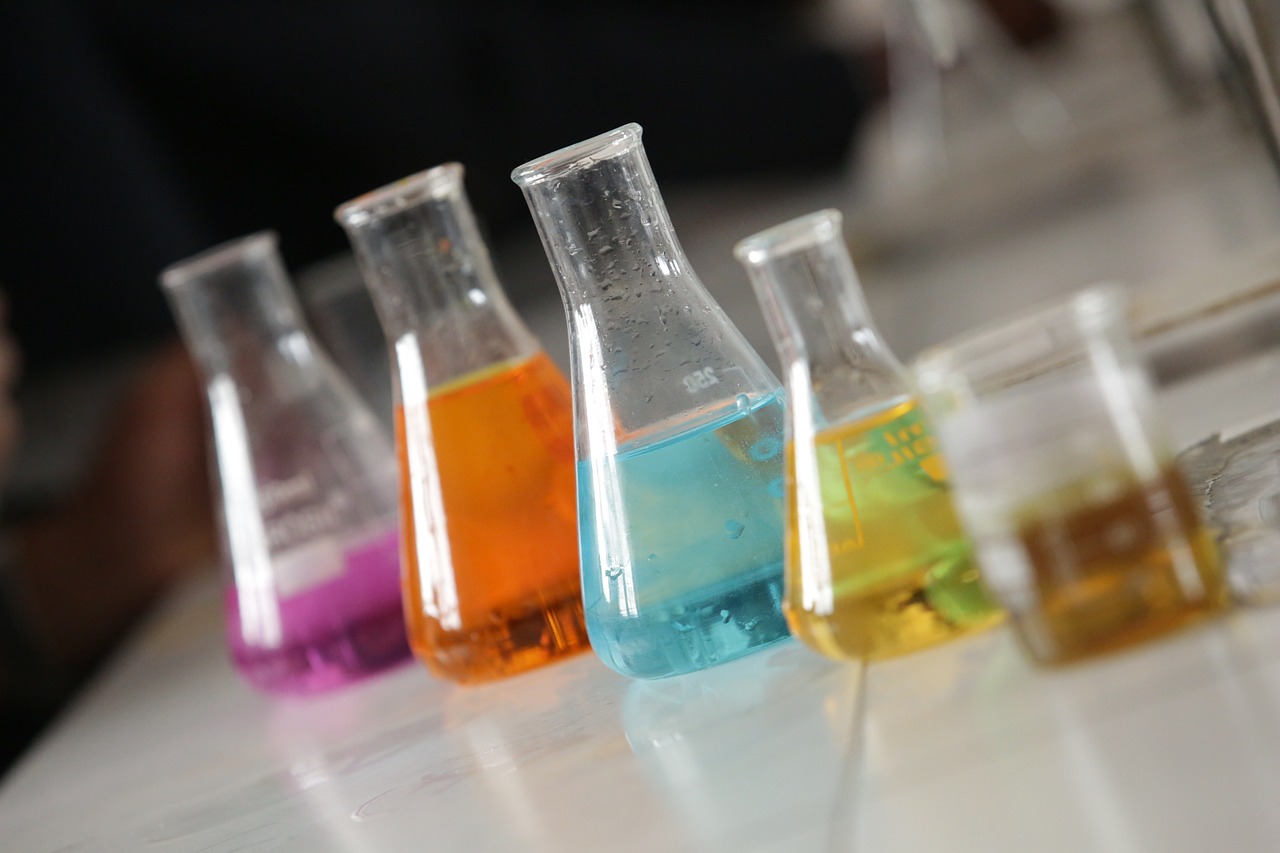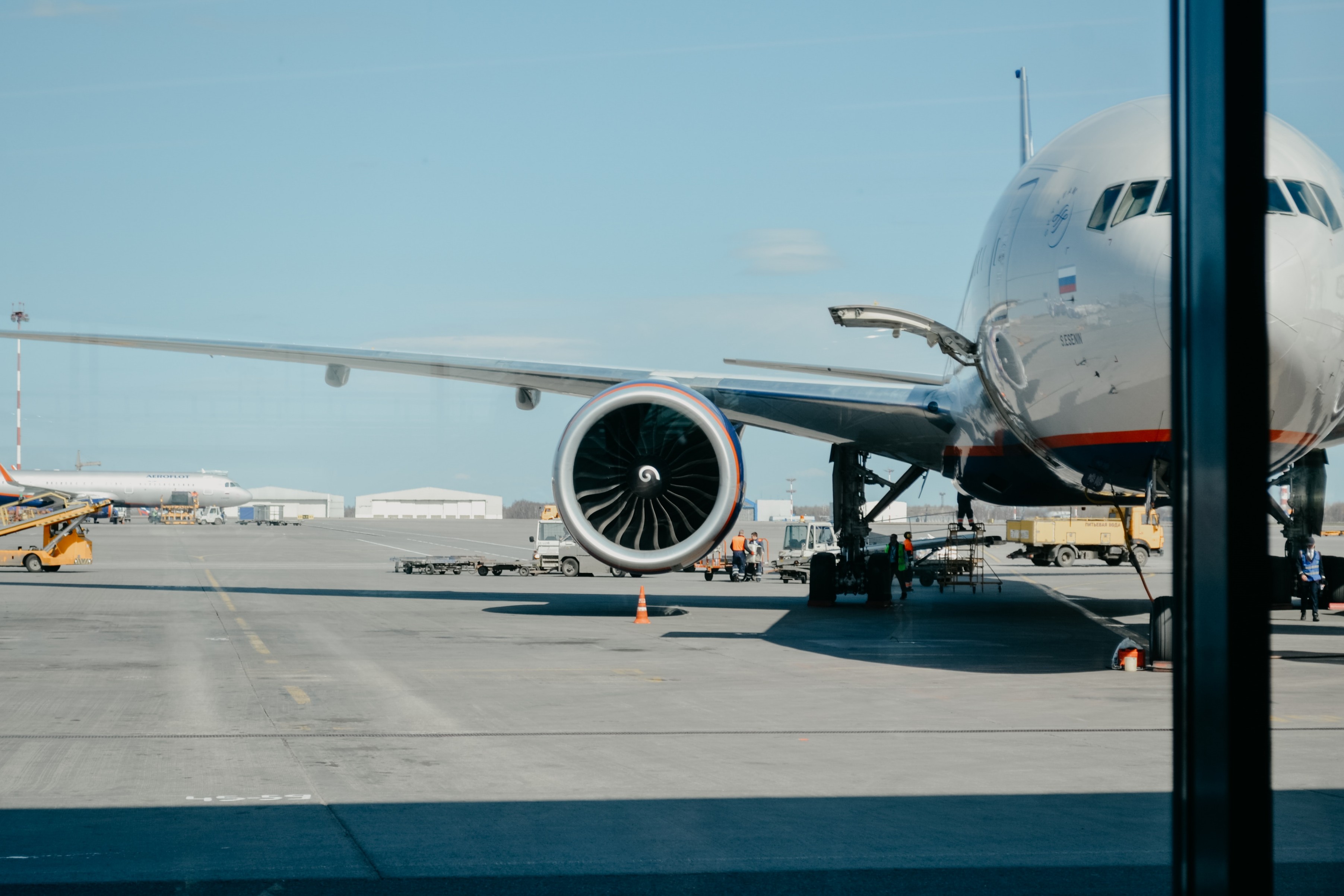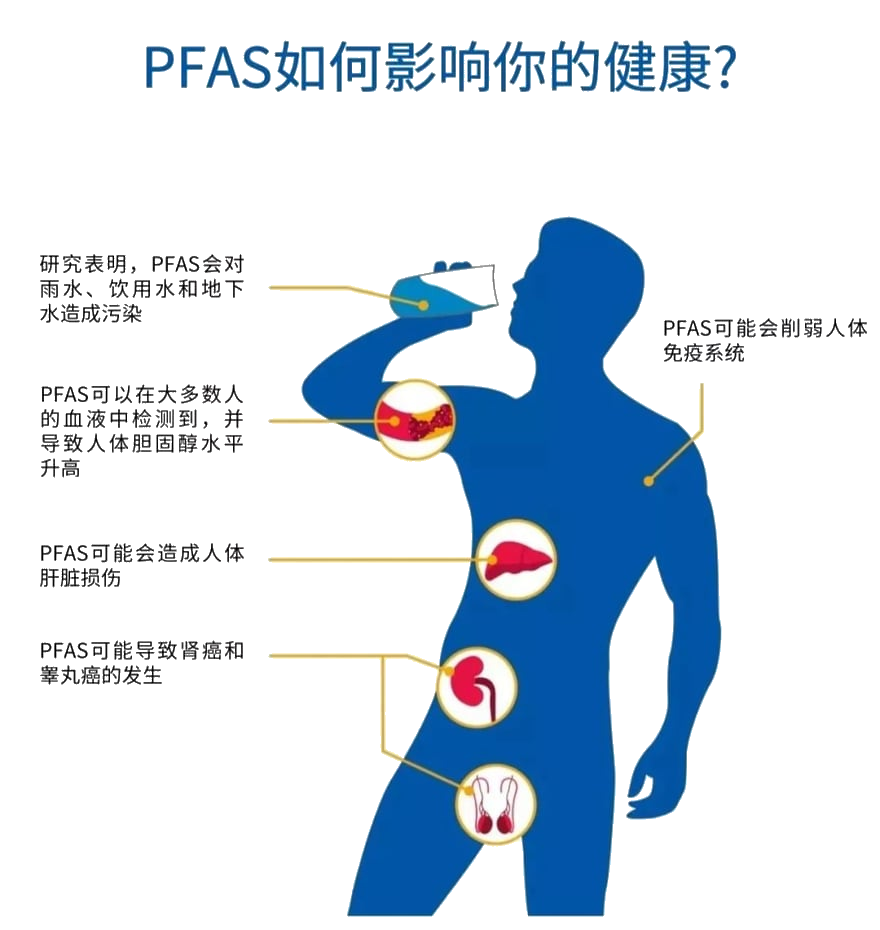Industry News | Taking you through the PFAS Restriction Proposal
The recent PFAS (perfluorinated and polyfluoroalkyl substances) restriction proposal prepared by the Danish, German, Finnish, Norwegian and Swedish authorities has been the subject of much discussion in various industries, particularly in the chemical industry. It is reported that the European Chemicals Agency (ECHA) has opened an evaluation process as soon as it received the proposal, which involves a six-month public consultation (starting in March 2023 and ending on September 25, 2023.) The ECHA's Risk Assessment Committee (RAC) and Socio-Economic Analysis Committee (SEAC) will evaluate the proposed restriction in light of the consultation and form an opinion, which will ultimately be followed by a decision of the European Commission on whether or not to include PFAS. European Commission to decide whether to include PFAS in the restriction chapter for control.
At the same time, the ECHA Enforcement Forum agreed to carry out a special enforcement action on PFCAs (perfluorinated carboxylic acids, a group of substances in the PFAS of perfluorinated and polyfluoroalkyl compounds) to check the presence of restricted PFCAs and related substances in consumer products, and to formally carry out a special enforcement action on PFCAs. The enforcement action starts in 2023 and runs through 2024, with 12 EU Member States participating in the action. Enforcement measures (e.g., product recalls, market withdrawal, sales bans, etc.) may be taken by enforcers for non-compliance under the relevant regulations applicable under REACH or the POPs Regulation, and the project report is expected to be published by the end of 2024.
According to incomplete statistics, there will be more than 10,000 substances of PFASs subject to this proposal, which, if adopted, may become one of the largest chemical bans ever imposed in Europe, and one of the most extensive pieces of regulation of the chemical industry in the EU.

In order to facilitate a more comprehensive understanding of PFAS, I have compiled the following knowledge points ——
PFAS includes more than 10,000 chemical substances.
PFAS (Perfluoroalkyl and polyfluoroalkyl substances) refers to perfluorinated and polyfluoroalkyl substances, which are a range of organic compounds that are not natural and synthetic. These include
■ Perfluorooctanoic acid (PFOA), its salts and related substances
■ Perfluorooctane sulfonic acid (PFOS) and its derivatives
■ Perfluorocarboxylic acid (PFCA), its salts and related substances
■ Perfluorohexane sulfonic acid (PFHxS) (branched and straight chain), its salts and related substances
■ Perfluorohexanoic acid (PFHxA), its salts and related substances
■ Perfluorononanoic acid (PFNA) and perfluorododecanoic acid (PFDA)
■ Other fluorine-containing substances, such as: perfluoro/polyfluoroalkyl acids (PFAA) and their precursors in anti-oil and anti-pollution surface treatment agents; fluorine-containing polymers, such as PVDF/PTEF, and so on. Over 10,000 chemical substances are included.
PFAS has a wide range of applications
Since it was first synthesized in the 1940s, there are more than 10,000 types of PFAS, and due to its long-term resistance to extreme temperatures and corrosion, it has been widely used in tens of thousands of products, including airplanes, automobiles, textiles, and medical devices, in many industries such as aerospace, automobiles, apparel, building materials, electronics, food processing, etc. PFOS and PFOA are two of the most widely used and researched PFAS. Perfluorooctane sulfonic acid (PFOS) and perfluorooctanoic acid (PFOA) are two of the most widely used and researched PFAS, which are commonly found in everyday products such as carpets and upholstery, textiles and apparel, as well as firefighting foams.

Hazards of PFAS
The covalent bond between carbon and fluorine is one of the strongest in nature, which makes PFAS highly resistant to decomposition, as well as environmentally persistent, long-range transported and bioaccumulative, which is why PFAS are called "persistent chemicals", meaning that many of them degrade little or not at all in the environment.
In addition, PFAS have been linked to health risks such as cancer, hormonal dysfunction, weakened immune systems, and environmental damage. According to the U.S. Environmental Protection Agency (US EPA), PFAS can enter the human body through food and water, consumer products, etc., as well as through the air and dust that is breathed. Levels of PFAS are higher near locations where firefighting training has taken place, such as airports and military bases, and PFAS in firefighting foam that falls to the ground can leach into groundwater with rainfall. Groundwater contamination in Australia has been linked to PFAS.

Current Restrictions on PFSAs in the U.S. and EU
The U.S. TPCH (Toxics in Packaging Clearing house) for packaging materials has made PFAS a substance to be controlled in packaging materials from 2021 onwards, requiring it not to be detected. And the 2021-2024 PFAS Strategic Roadmap issued by the U.S. Environmental Protection Agency, EPA, says increased and sustained leadership is needed at all levels of government to accelerate progress in cleaning up PFAS contamination, preventing new contamination, and making breakthroughs in the scientific understanding of PFAS. Maine, Washington, Vermont, Oregon, New York, Massachusetts, and others currently require that specific children's products or video packaging materials not contain PFAS or require notification. Assembly Proclamation AB 1817, signed by the Governor of California, also became California law, restricting PFAS in textiles.
In the European Union, Article 68 of Annex 17 of REACH restricts C9-C14 PFCAs, i.e., straight and branched chain perfluorinated carboxylic acids and their salts and related substances containing 9-14 carbon atoms. For general textile footwear products, from February 25, 2023, articles shall not be placed on the market unless the sum of C9-C14 PFCA and its salts is less than 25 ppb, or the sum of C9-C14 PFCA-related substances is less than 260 ppb.
◇ And perfluoroalkyl acids and their salts containing 9-14 carbon atoms, perfluorobutanesulfonic acid and its salts, perfluorohexanesulfonic acid and its salts, 2,3,3,3-tetrafluoro-2-(heptafluoropropoxy)propanoic acid and its salts, and acyl halides are also in the SVHC list.
According to Appendix I of the POPs Regulation, Perfluorooctanoic acid (PFOA) and its salts are contained in articles at ≤0.025 mg/kg, PFOA-related substances individually and in total at ≤1 mg/kg, and PFOA-related substances used in the production of fluorine-containing compounds as a metastable isolation intermediate and with carbon chain lengths of no more than 6 at ≤20 mg/kg. ◇ PFOA-related substances listed in the Annex
◇ Perfluorooctane sulfonic acid and its derivatives listed in the Annex.
According to Appendix I of the POPs Regulation, the concentration of Perfluorooctane sulfonic acid and its derivatives (PFOS) and its derivatives on textiles and coated materials is less than 1 μg/m2, and the concentration of PFOS on other articles is less than 0.1%.
Impact on the chemical industry
At present, in the field of flame retardant, perfluoroalkyl substances have been banned or penalized one after another. For example, Potassium Perfluorobutyl Sulfonate (PFBS), which is an important flame retardant for flame retardant transparent PC, adding 0.06%-0.1% PFBS to PC can make PC reach UL94 V-0 (3.2mm), and can keep PC transparent effect. Once the restriction bill falls into place, I believe it will have a very big impact on the whole chemical industry and supply chain.
Our company, PRESAFER, is a manufacturer specializing in the research, development, production and sales of halogen-free flame retardants. Our products are mainly phosphorus, nitrogen and intumescent flame retardants, which are widely used in furniture and home textiles, electronics and electrical appliances, as well as in construction and transportation. By 2023, the annual production capacity of Pursefur has reached 20,000 tons, and the exported regions include Europe, America, Asia, Australia and so on. If you are looking for alternatives under PFAS restriction, welcome to call us.




